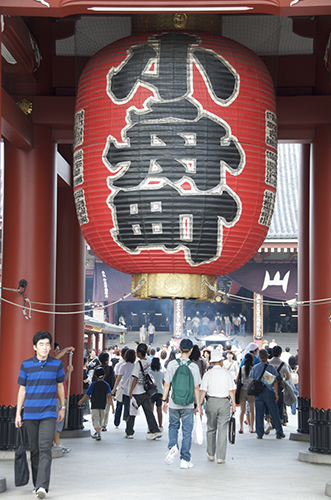42. The "Little" Radical: 小
I barely noticed 小 until now. I suppose that's the curse of being small (and I write that as a short person!). But this shape has a great deal going on.
Let's start with the autonomous character 小:
小 (36: small; minor; young; "little" radical)
According to Henshall's newer edition (the source of all information in this Radical Note), old forms of 小 depict a few (typically three) small objects, possibly shells. Originally, he says, 小 may have represented "small," with the distinction between that character and 少 emerging later. That would explain why their meanings are so close:
少 (143: small quantity; somewhat; young)
In fact, he cites one scholar's theory that the fourth stroke in 少 swooshes under the 小 to distinguish it from 小. Another researcher believes that that last stroke might mean "one" (i.e., a small number) or "few."
It's hard to understand why both kanji carry the Joyo on-yomi ショウ. That would be a typical on-echo pattern, but the shape they share is the radical 小, which would make 小 both the radical and phonetic in these kanji. That doesn't seem to be the case. Kanjigen and Henshall don't mention a phonetic in either character. And although 小 and 少 are homophonic in Japanese, they aren’t in Chinese. So I suppose it's a coincidence that these kanji share on-yomi.

Photo Credit: Christopher Acheson
It's funny to see "small" at the top of an enormous object! One can read 小舟町 as こぶなちょう, こふねちょう, or こぶねちょう, depending on the location, as there are four places with this name. The photographer took this picture in Asakusa at Senso-ji Temple, and that 小舟町 is read as こぶなちょう.
Photo Credit: Eve Kushner
Of all places, I spotted this flotation device at a beach town (Los Gigantes) on Tenerife, one of the Canary Islands in Spain. The Chinese writing features our radical in both 少 and 你 (you), which is non-Joyo in Japanese. The message is quite strange:
我愛你 (I love you)
不良少女 (bad girl)
I'm really not sure what's going on here!
The Names and Shapes of the 小 Radical
In English we can call the three-stroke 小 radical "little" or "small." It goes by the following names in Japanese:
しょう
ちいさい
なおがしら
The first two names are quite logical, being Joyo yomi of 小, which also carries the Joyo kun-yomi こ and お. As for なおがしら, the なお is the non-Joyo kun-yomi of this kanji:
尚 (1392: still; to value highly)
The かしら (頭), which is voiced in なおがしら, refers to 小 as a component at the top of 尚. That is, the 尚 in that radical name serves as a reference point, making 尚 a kanji representative of our radical when it's in a certain position. To be precise, it isn't really 小 that's atop 尚. Instead the upper bit is the variant form of our radical and also crowns this kanji:
当 (183: to hit the mark; strike; the present, this; per; allotment; in charge of; trust)
In both cases, we can refer to the radical as なおがしら.
Now we've seen all four Joyo kanji featuring an on-duty 小 radical.
Photo Credit: Eve Kushner
In the Osu section of Nagoya on Honshu, this sign advertises お弁当 (おべんとう: bento boxes).
